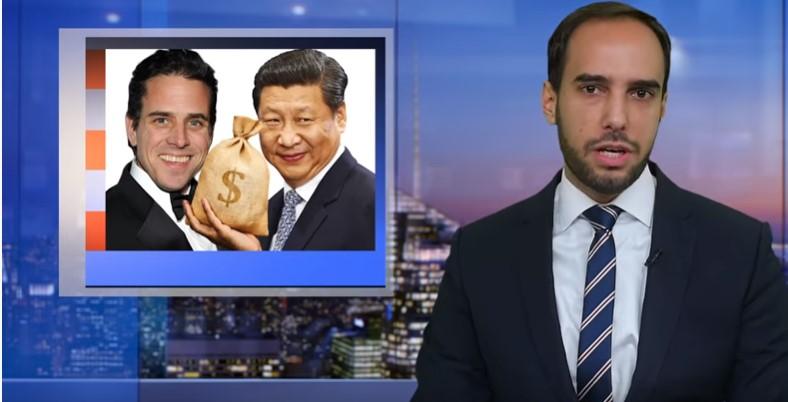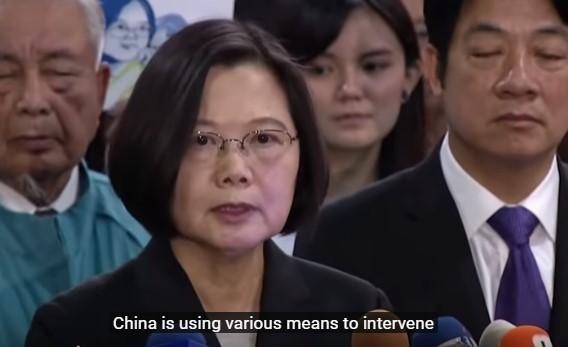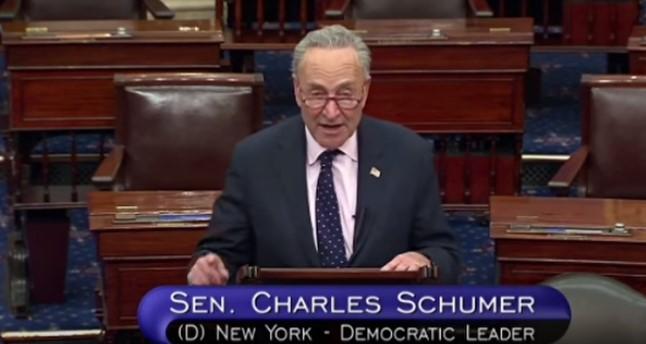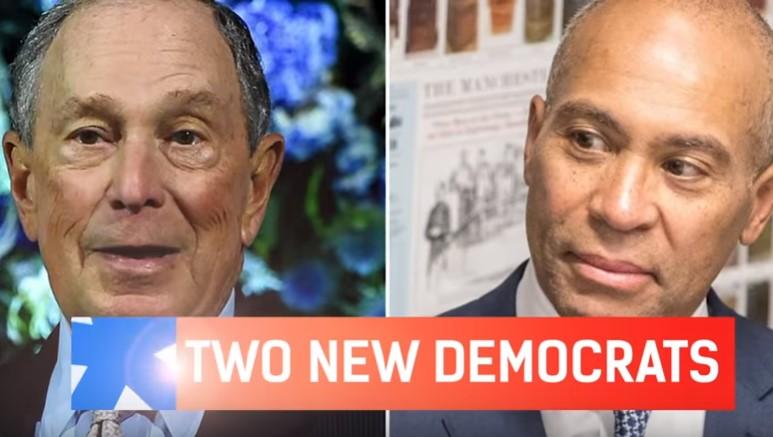Methamphetamine. Also known as crystal meth, glass, ice, and many other street names. At one time it was easy to make meth out of ingredients that you could find at the drug store.
China has a growing problem with meth, both in crystal and pill form. Meth is the second-most used drug in the country, after heroin, and usage is skyrocketing. In 2012 alone, Chinese officials seized more than 16 tons of meth in drug busts.
But that’s not all. China is a huge manufacturer and exporter of precursor chemicals, the basic chemical ingredients used to make meth. Now, they can also be used to make other, not-illegal drugs as well, but these chemicals from China are fueling an international drug trade.
In recent years, Chinese authorities have launched several high-profile drug-busting operations. But authorities are also looking the other way or, in some cases, are directly involved in the meth trade. Here are 11 ways that the Chinese Communist Party is breaking bad.
1. Eighty percent of the meth in the United States is produced by Mexican drug cartels that are getting the basic ingredients from Chinese gangs known as triads. According to Kerry Patton, an expert on terrorism and intelligence, the Chinese Communist Party tries to maintain influence over these groups, which “get their blessings from certain elements in the Chinese government.”
2. In 2011, the Mexican navy seized shipments of almost 100 tons of basic meth ingredients. The shipments were coming from Shanghai.
3. One single seized shipment from China to Belize in April 2012 contained enough ingredients to make $10 billion worth of meth. That shipment was meant for a Mexican drug cartel.
4. In 2004, the United States began regulating the chemicals used to make meth, and there was a big drop in the number of meth labs in the United States. In 2007, the number of meth labs in the United States began skyrocketing again, thanks to shipments of these chemicals from China to Mexico, which were then smuggled into the United States.
5. During 2006–2012, Mexican drug wars fed by these Chinese shipments have claimed more than 60,000 lives, according to Human Rights Watch.
6. Meth precursor shipments are the No. 1 issue Mexican officials have raised with the Chinese government. Jorge Guajardo, the Mexican ambassador to China from 2007 to 2013, said, “It was the number one issue I had to address. … It got to the point where all [Mexican] government officials visiting China had instructions to bring up the issue. … However, we never got anywhere. … There was never any cooperation from the Chinese side and no intelligence sharing.”
7. According to Dr. Robert Bunker of the U.S. Army College, “Chinese governmental officials would argue that the precursor chemicals are legal products being misused by Mexican nationals for illicit purposes.” In other words, it’s not their fault these perfectly legal ingredients get misused further down the road.
8. One reason that Chinese officials won’t take responsibility? Selling these precursor chemicals to Mexican drug cartels is highly profitable. After all, these Chinese companies were only selling ingredients, not actual meth. It’s like, if you sell enriched uranium to a country and they end up making a nuclear warhead, is that really your fault?
9. These profits feed back into the Chinese economy. In 2008, local governments in Guangdong Province were encouraging farmers to grow ma huang, promising these farmers a more than 64 percent return in profit. Ma huang, also known as ephedra sinica, is a common herb in Chinese medicine. It’s also a natural source of ephedrine, one of the precursor chemicals used to make meth. Chinese authorities now imposed stricter rules on growing ma huang and police have staged major drug raids of meth. But the precursor chemicals that can be sold to other countries are being left untouched.
10. In Burma, China has been selling advanced weapons to an insurgent group, the largest military entity in the country, called the United Wa State. It gained control of a piece of land in the northeastern Shan State in the ‘90s, and according to Voice of America, “turned it into one of Asia’s largest methamphetamine production bases and are considered the region’s largest drug-dealing organization.” Incidentally, most of the precursor chemicals for meth in Burma come from India and, you guessed it, China.
11. How is China dealing with meth domestically? Three words: Chinese meth village. In 2013, Chinese officials raided a village of 14,000 people in Guangdong Province, and seized 3 tons of meth, and 23 tons of precursor chemicals. Among the people arrested were the village’s Communist Party chief and deputy Party chief. Apparently the Party chief was known as the area’s biggest drug trafficker. And local police were protecting the village’s drug operation.
For more China Uncensored, please visit youtube.com/NTDChinaUncensored



